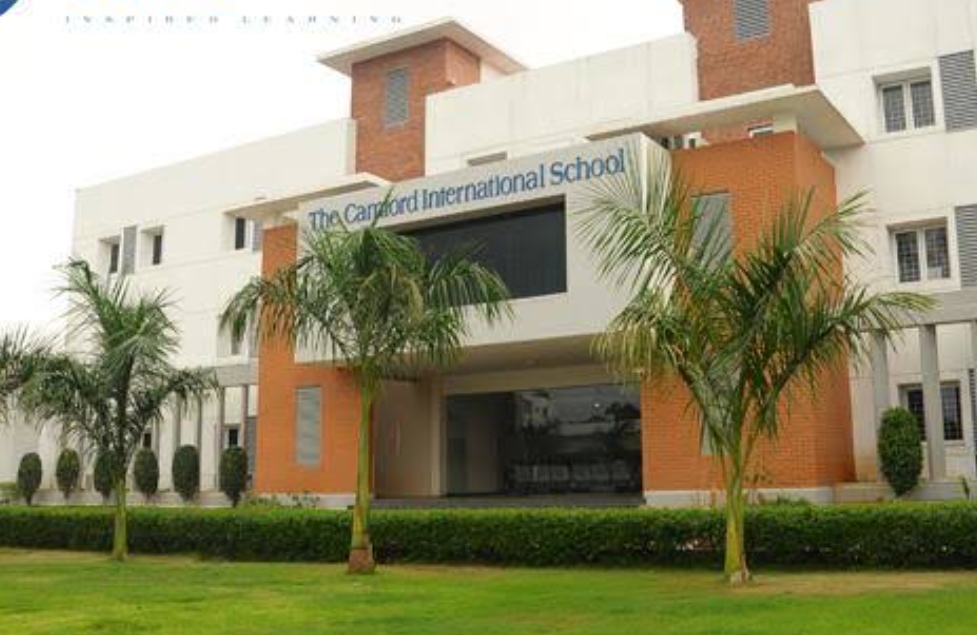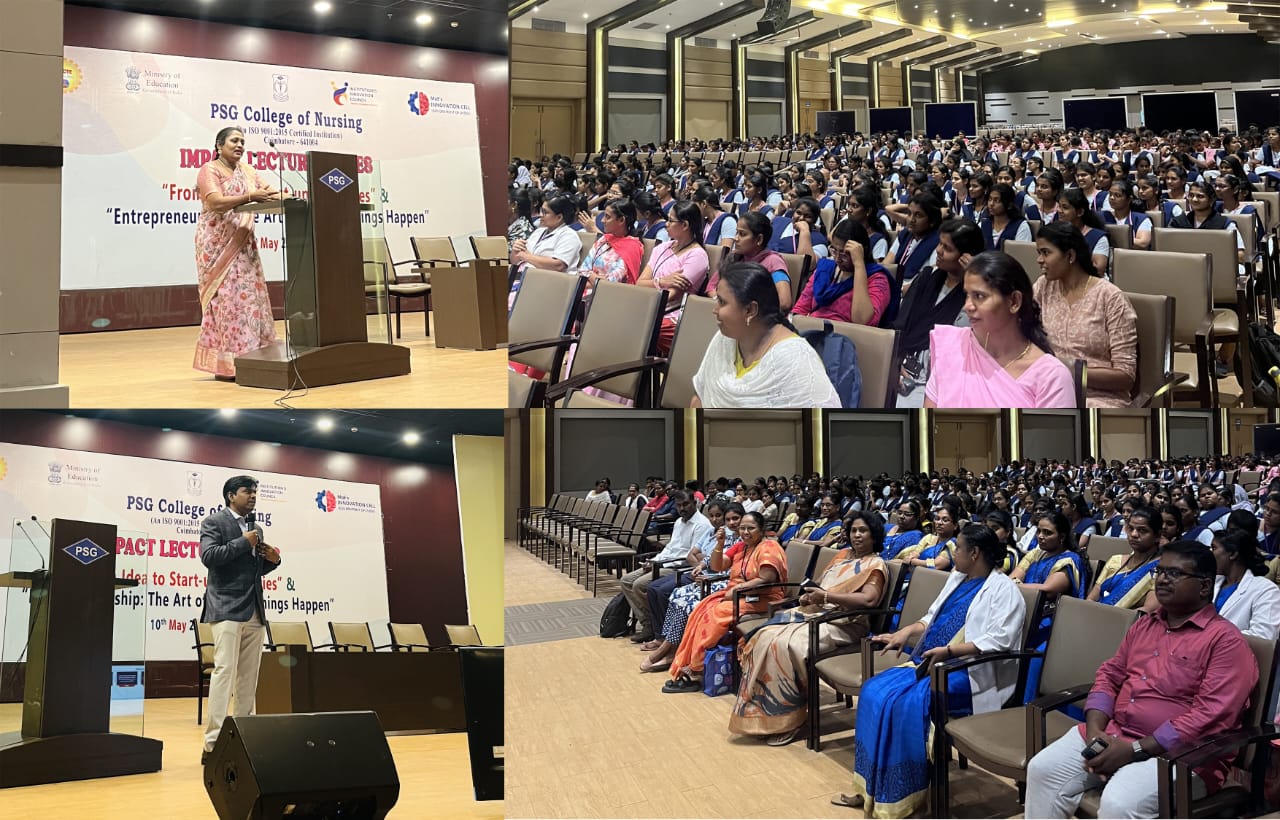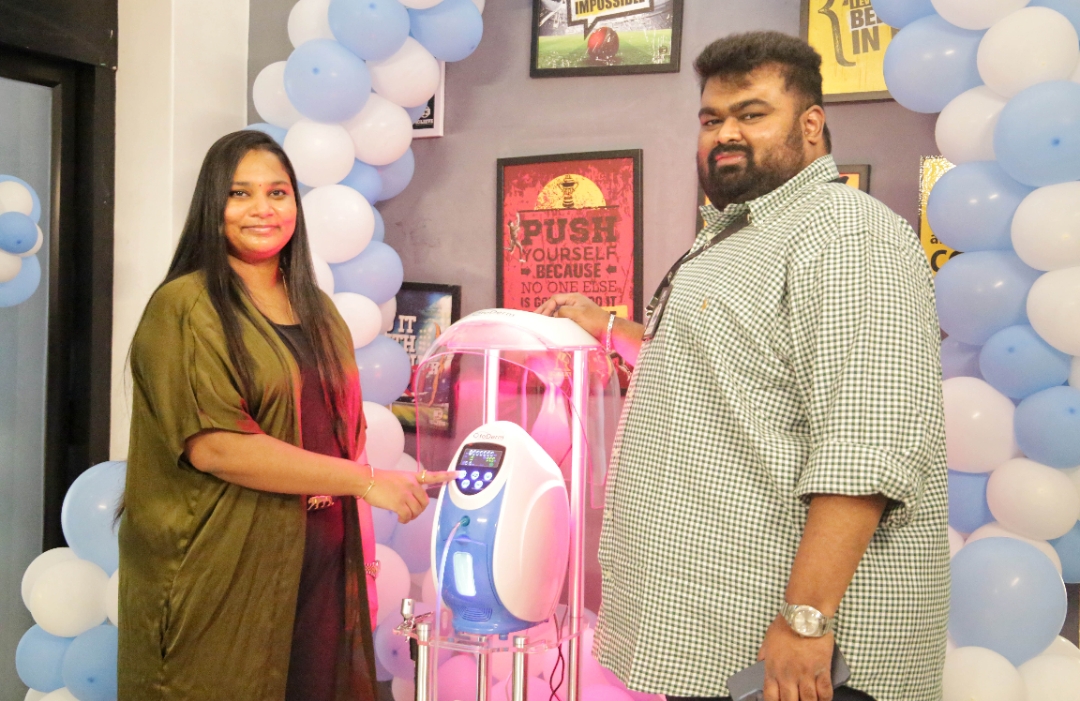Trending Now
- Action should be taken against the cops who protect the Ganja accused in TN : PMK leader Anbumani Ramdoss
- Votes that go to Congress or INDI alliance is a waste : PM Modi
- Court grants one-day custody to police to investigate Youtuber Savukku Shankar.
- We actually got our independence only in 2014. The independence to change this country as it should be : Actor , politician, Kangana Ranaut
Coimbatore
To enable the doctor do away with the scribble
![]() January 25, 2016
January 25, 2016
Most doctors suffer from one common syndrome – the scribblers’ syndrome. The patient’s suffering increases manifold when he or the chemist is unable to make out the drug prescribed. Some even wonder aloud as to why doctors are not taught handwriting in medical colleges ! There are even people who wish doctors employ secretaries to write out prescriptions.
And, this is even after the Union Health Ministry had directed doctors to write legibly and in capital letters.
Sample this: Dianol is an anti-diabetic drug. But it is often misinterpreted as Diavol, a drug for gastritis. The Time Magazine in 2007 had reported that sloppy handwriting of doctors killed more than 7,000 patients annually in the US.
While denying casualties resulting out of prescription errors, medical experts in the city nevertheless concede that the adoption of computerised methods could help prevent unclear or incomplete prescriptions. It is all the more viable as almost all the hospitals in the city have access to computers and Internet.
Practitioners believe that computerised prescriptions would cut down on errors. But it is yet to be adopted on a wide scale. Doctors even find it difficult to switch over to capital letters.
“There are studies that indicate errors are reduced when doctors select medication onscreen and give a printed prescription. It saves the pharmacist from having to decipher the handwriting and dispense the medicine with confidence, rather than do guess work,” says physician Dr. P. Shankar from Vadavalli.
Dr. Mathew Cherian, Head, Interventional Radiology Department, KMCH, says that doctors are slowly switching over to feeding prescriptions in an electronic system with the help of voice recognition software. The medical records are also electronically generated nowadays wherein the doctors dictate notes into a dictaphone thus generating the e-medical record. This facility will not even warrant the necessity for a secretary.
Pointing out that writing is the best option, Dr. P. Guhan, Director of Sri Ramakrishna Institute of Oncology and Research, says doctors have started writing in capital letters.
“Computerised prescriptions may not be too easy to implement in hospitals in rural areas as it would need a dedicated system operator working with the doctor to get the prescription printed out with the required dosage. e-prescriptions are time consuming because the focus shifts. A doctor will have to concentrate on the 50 to 60 patients waiting in queue, rather than spend time keying in prescriptions”, he says.
Moreover the voice recognition software that NABH hospitals are now graduating to – to avoid prescription errors – do not seem to be too successful because they are not able to recognise Indian accent that is peculiar to each region. “The accent of a Tamilian doctor speaking English will be different from that of a Keralite doctor”, he points out.























